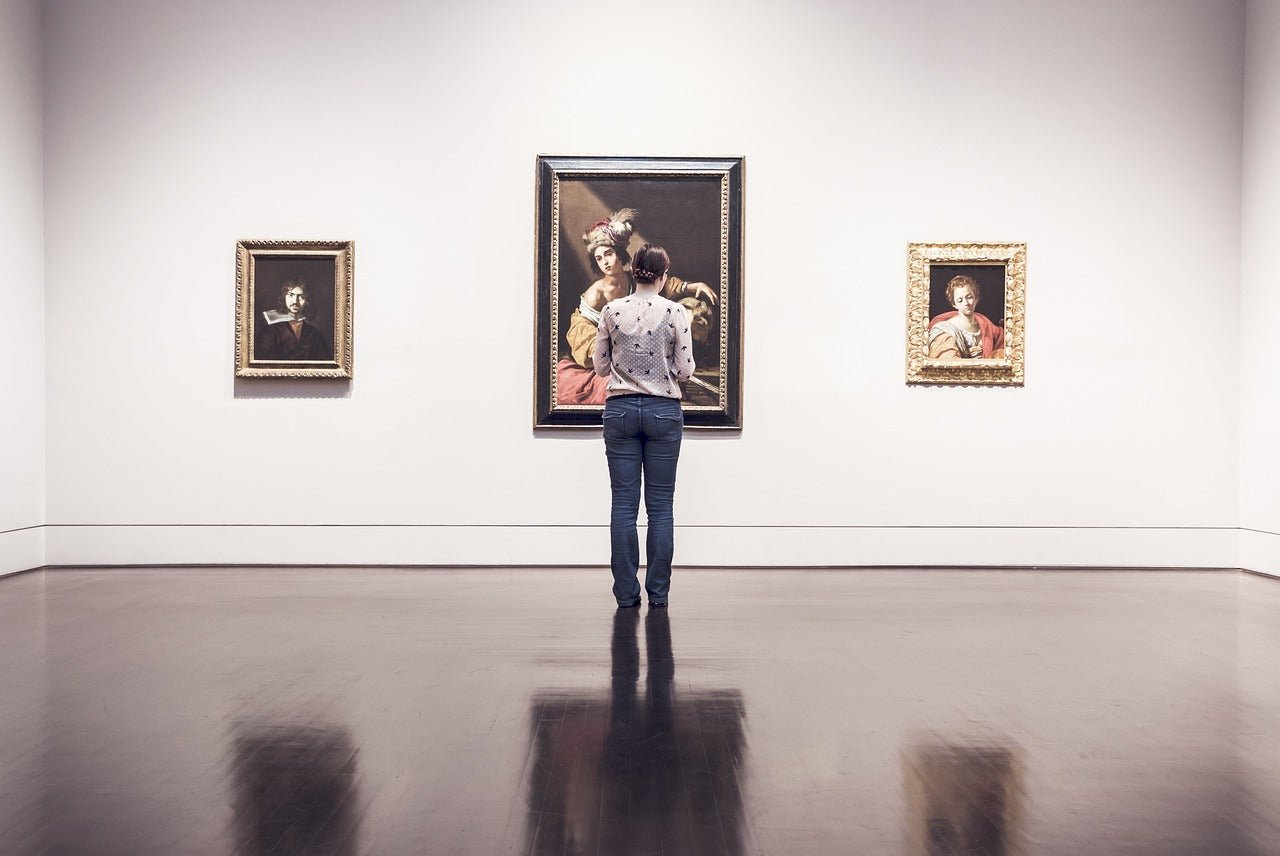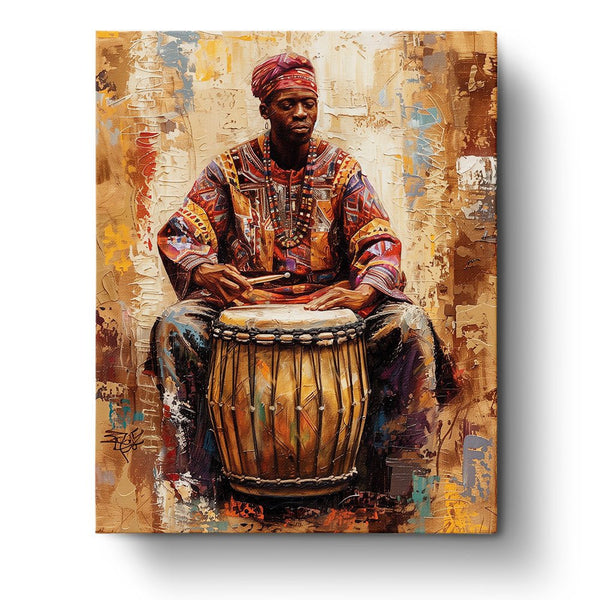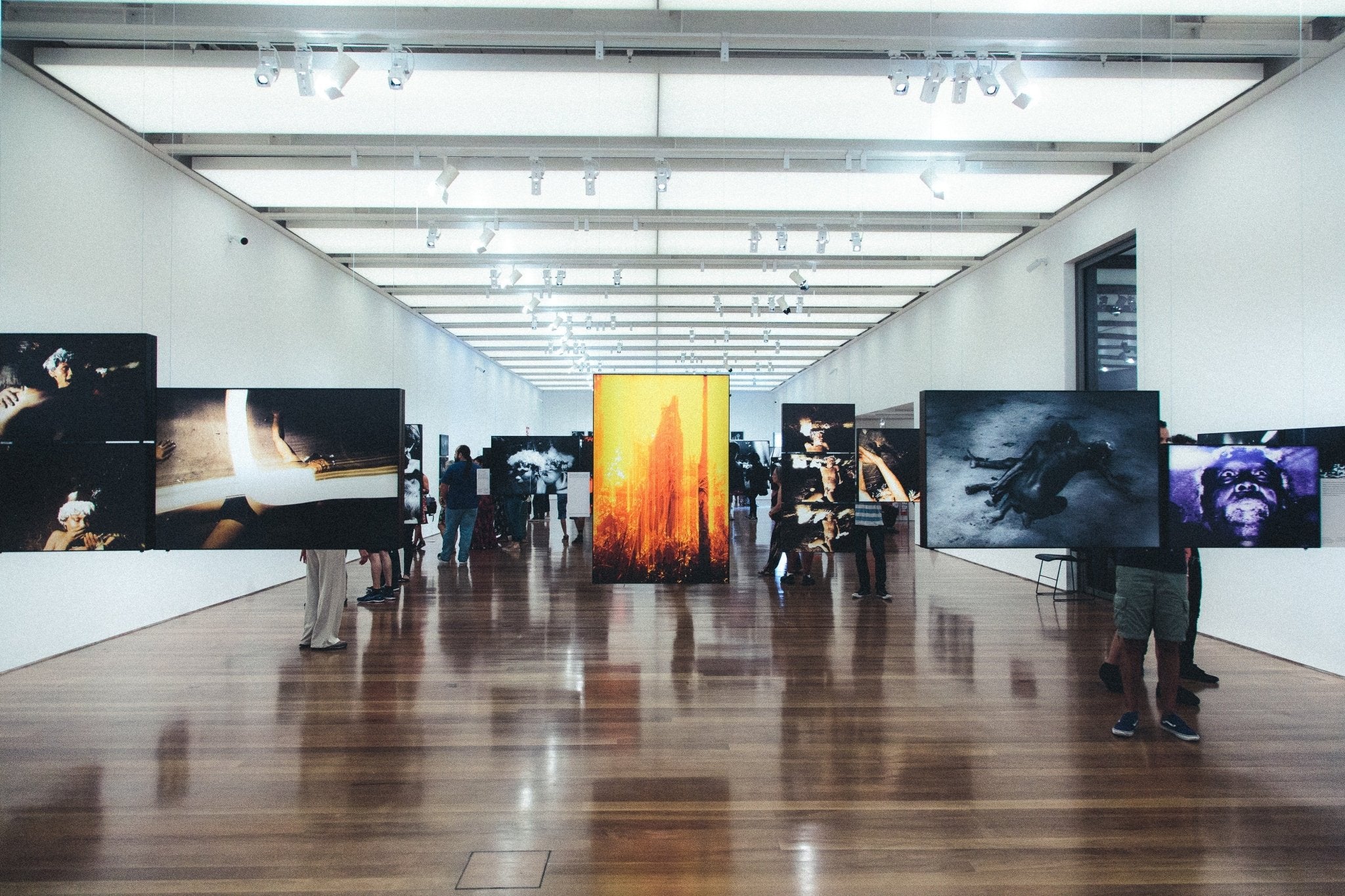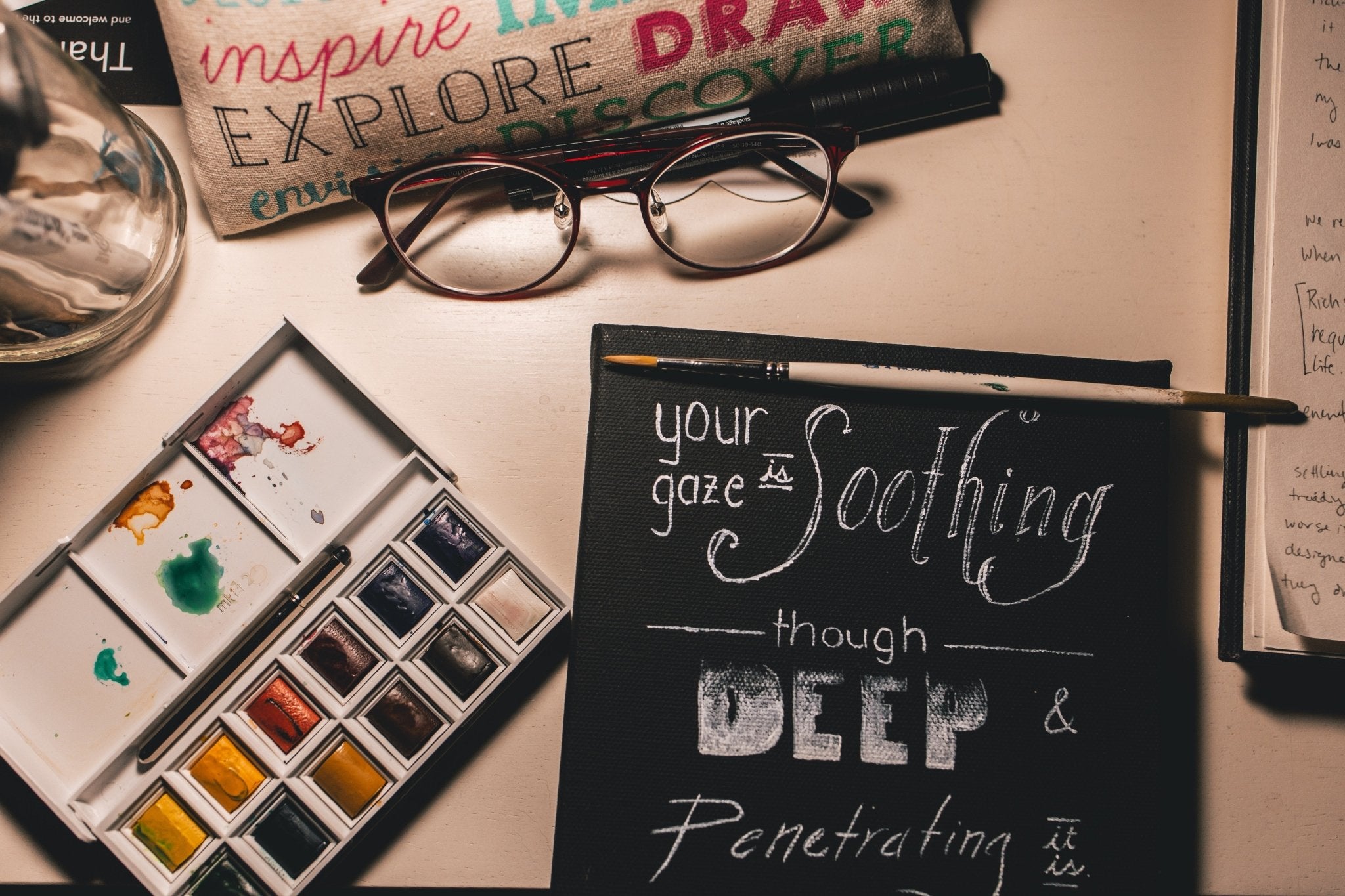
What Type of Art Will Increase Most in Value in Five Years?
The art world is already a hot topic of conversation, and there's no sign that interest in collecting will stop growing. If you want to invest in art and collectibles, especially if you've never done so before, now is the time to start looking at how your money could be put to use—especially if abstract art is on the rise.
However, understanding what type of art will increase most in value in the next five years requires some knowledge about trends within the industry, as well as what collectors and dealers look for when buying new pieces. If you’re thinking about investing in art pieces, continue reading this article if you wanna put your money in a good basket.

Why is Art a sound investment?
It's an investment that appreciates, which means you'll get more value out of it over time. Art can be thought of as being a good hedge against inflation and the stock market.
Inflation is when prices rise for goods and services; this happens when there is more money in circulation than before (i.e., more people have jobs). Art is affected by inflation because its supply limits its ability to appreciate; however, if demand increases then so will prices! This makes art a great option for investors who want to protect themselves from rising prices but don't want their investments locked up forever (i.e., one year).
Investing in art is a great way to diversify your portfolio. It's not just about buying what's popular at the time—it's also about keeping an eye out for quality works of art that will stand the test of time.
Different Reasons Why Art Collecting is the Next Big Thing in Investing
1. Tangibility:
Art is a sound investment because it is a tangible asset. When you buy art, you are buying something that can be seen and touched. This makes the value of your piece more stable than other investments such as stocks or bonds.
2. Artworks are considered a luxury:
Art is also a good investment because it's a luxury item that people want to own and display in their homes; this means that there will always be demand for fine artworks, even if they're not in high demand today (for example). This makes them even more attractive than other types of assets like real estate or gold bullion since these are less likely to appreciate over time due to inflationary pressures caused by inflation eating away at fixed earnings streams over time.

3. It’s outside the actual market:
Artworks never decrease in value (most of them) as their prices continue to rise over time due to the demand from collectors. Unlike other investments, inflationary pressures cause fixed earnings streams like bonds and money in bank accounts to depreciate over time while prices of commodities go up, so it makes sense that they will appreciate relative to other assets such as real estate or gold bullion whose values rise at roughly the same rate as inflation. So, by purchasing pieces that are not only beautiful but will also increase in value as inflation rises, you protect yourself.
Why abstract will be the next big thing?
Abstract art is an important type of art because it can increase in value, but what makes it so valuable? It's all about the subject matter.
Abstract art is more valuable than representational or traditional paintings because you're getting something with a new meaning and depth to it. Traditional paintings have been around for centuries, so they don't necessarily mean anything new or exciting anymore—but abstract paintings do! This means that when you buy an abstract piece of artwork from today's artists, they'll be able to sell their work on future generations' walls as well (and possibly even earn more money).
And if you think this kind of thing sounds crazy now? Well, guess what: There will be more demand for these kinds of work when everyone starts buying them again!
It's not just because abstract art will increase in value, though. Abstract art is more valuable than traditional art for a few reasons: Abstract artists don't paint with any reference point; they use their imaginations instead. The result is more originality and creativity from each brush stroke! The subject matter can be anything - a person, place, or thing.

How to tell if a piece of art is valuable?
When you're looking at art, there are a few things to keep in mind.
PROVENANCE IS IMPORTANT!
With the rising trend of fake artwork, provenance is often asked of art dealers. It is the history of ownership of the artwork from one owner to another, including the date of purchase. Moreover, a certificate of authenticity is also essential to ask before you purchase a valuable artwork.
- The artist's name. If it's not written on the piece of art, then it probably isn't worth much.
- The name of the gallery where it was created (and if you can check online). This will help you determine whether or not this piece was made by a famous artist or is just an average piece done by someone else in their spare time. If there's no mention anywhere about who painted this masterpiece and where they got their inspiration from—then chances are it wasn't worth much money!
- Look for any price tags! These date back centuries ago (if not longer), so whatever price tag is listed should reflect what an actual buyer would pay for such a rare item today."
If there's no mention anywhere about who painted this masterpiece and where they got their inspiration from—then chances are it wasn't worth much money! Look for any price tags! These date back centuries ago (if not longer), so whatever price tag is listed should reflect what an actual buyer would pay for such a rare item today.

What types of art are already increasing in value?
In the past five years, abstract art has been the most popular form of art in the world. Pop art and contemporary art are also growing in popularity and value.
Abstract Art
The popularity of abstract paintings shows no signs of slowing down anytime soon. You may have heard that Abstract Expressionism is experiencing a resurgence thanks to artists like Jeff Koons and Takashi Murakami, but this isn't true: Abstract Expressionism has always been popular—but only now are people appreciating its depth more than ever before!
Pop Art
Pop art is also growing in popularity. Artists like Andy Warhol and Roy Lichtenstein have brought this style back into the mainstream with their whimsical, colorful paintings that are often inspired by comic books or advertisements for everyday products.
Old Masters Art
Of course, the classical and old pieces ever decrease in value. Each auction truly proves that the classic never goes off in style, as the prices go up and the demand goes up each year for these art pieces.

Abstract art will increase most in value because the art world already has an appetite for it.
You might be surprised to learn that abstract art is already in demand. The art world has shown an appetite for this type of work, and it seems like you can't swing a dead cat without hitting a gallery showing some form or another. Abstract artists are constantly being sought out by museums and collectors around the world. There are several reasons behind this trend:
- The popularity of contemporary-style painting is on the rise; this means more people will want their homes or offices decorated with artwork like yours!
- It's difficult for any artist to get noticed these days—you need your work out there somewhere so people can see it! If you're going to make money off your paintings, they need exposure beyond just hanging them up inside someone's home or office space (which is where most people look first).
Conclusion
So, what’s next? Of course, the art world is always changing and evolving. What we think is hot today may not be tomorrow. But if you’re willing to invest in an abstract piece or a collection of works by one artist or several different ones, then it can be a good way to diversify your portfolio and grow your wealth over time.





